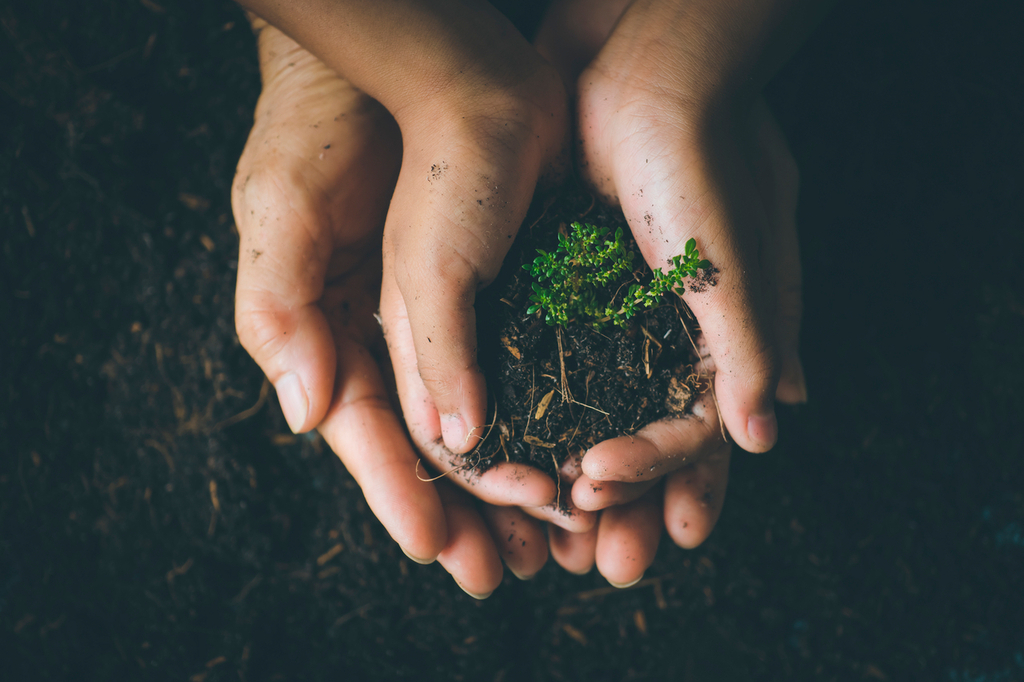
Pre-conference courses
On Monday the 11th, AquaConSoil will feature a series of pre-conference courses. These are intended to offer a space for attendees to engage with experts on relevant subjects and questions related to topics in our field of work.
Join our courses to develop practical skills, in-depth insights and specialised knowledge!
More detailed information about the courses will follow soon.
Pre-Conference Course 1. Compound-specific stable isotope Analysis (CSIA) for the assessment of sources and fate of contaminants and success control of remediation measures
By Kevin Kuntze, Isodetect
Program: 14:00. approx. 1 hour presentation, followed by open discussion for 0.5h and a short exercise of about 0.5 - 1h.
This course would include an introductory session on latest developments in the field of (multi-element) compound-specific isotopes analysis (CSIA) and environmental isotopes, followed by i) CSIA application for source apportionment, ii) CSIA for natural attenuation evaluation as well as iii) CSIA to assess the performance of on-going remediation technologies including case studies and recommendations on sample collection, preservation, LOD´s, etc). A main (interactive) focus will be on how to interpret CSIA data and how to use CSIA to quantify in-situ degradation rate constants, half-live times and rates, etc.
Pre-Conference Course 2. Biochar applications and carbon sequestration
By Ass. Prof. Lukas, CZU
Duration: 14:00. 1.5 hours
Part 1: Introduction presentation about the practical utilization of biochar in the Czech Republic and in other Visegrad (V4) countries – including the introduction of the V4 Biochar Platform
Part 2: Existing Biochar plant for woodchip-producing - commercial and certified product/biochar (400tons/year)
Presented by Dr. Michael Pohorely - University of Chemistry & Technology
part 3: Existing sewage sludge plant with the pyrolyzing unit to produce certified sludge char (200tons/year)
Presented by Ing. Jaroslav Fuka from Hydrosystemy
Furthermore, existing biochar products/prototypes will be presented and showed in the course.
Pre-Conference Course 3. Harmonizing Urban Spaces: Exploring Green-Blue Infrastructure and the Czech University of Life Sciences Campus Case Study
By Tereza Hnátková, CZU
Duration: 14:00. 1.5 hours
This 1.5-hour pre-conference course will provide participants with a comprehensive understanding of green-blue infrastructure and its practical implementation through the case study of the Czech University of Life Sciences campus. Attendees will gain insights into the benefits, challenges, and strategies associated with integrating natural elements into urban spaces, promoting sustainability and enhancing the quality of life.
Theme 1: Introduction to Green-Blue Infrastructure
Duration: 30 minutes
This thematic block will provide participants with an overview of green-blue infrastructure, its significance in urban planning, and its environmental benefits. The key topics covered will include:
- Definition and concepts of green-blue infrastructure.
- Importance of green spaces, water bodies, and their integration in urban areas.
- Benefits of green-blue infrastructure: biodiversity enhancement, climate resilience, air and water quality improvement, and community well-being.
- Case studies highlighting successful green-blue infrastructure projects from around the world.
Theme 2: Czech University of Life Sciences Campus Case Study
Duration: 45 minutes
In this thematic block, participants will delve into a real-life case study focusing on the implementation of green-blue infrastructure on the campus of the Czech University of Life Sciences. The following areas will be covered:
- Overview of the Czech University of Life Sciences campus.
- Challenges faced by the campus in terms of sustainability, environmental quality, and user experience.
- Design principles and strategies employed to integrate green-blue infrastructure on the campus.
- Details of specific green and blue elements implemented, such as green roofs, rain gardens, wetlands, and pedestrian-friendly pathways.
- Quantitative and qualitative benefits observed after the implementation of green-blue infrastructure.
- Lessons learned, best practices, and potential for replication in other urban settings.
Theme 3: Interactive Discussion and Q&A
Duration: 15 minutes
This final thematic block will encourage active participation from the participants. They will have the opportunity to engage in a guided discussion and ask questions related to both the general concepts of green-blue infrastructure and the specific case study of the Czech University of Life Sciences campus. The session will conclude with key takeaways and resources for further learning.